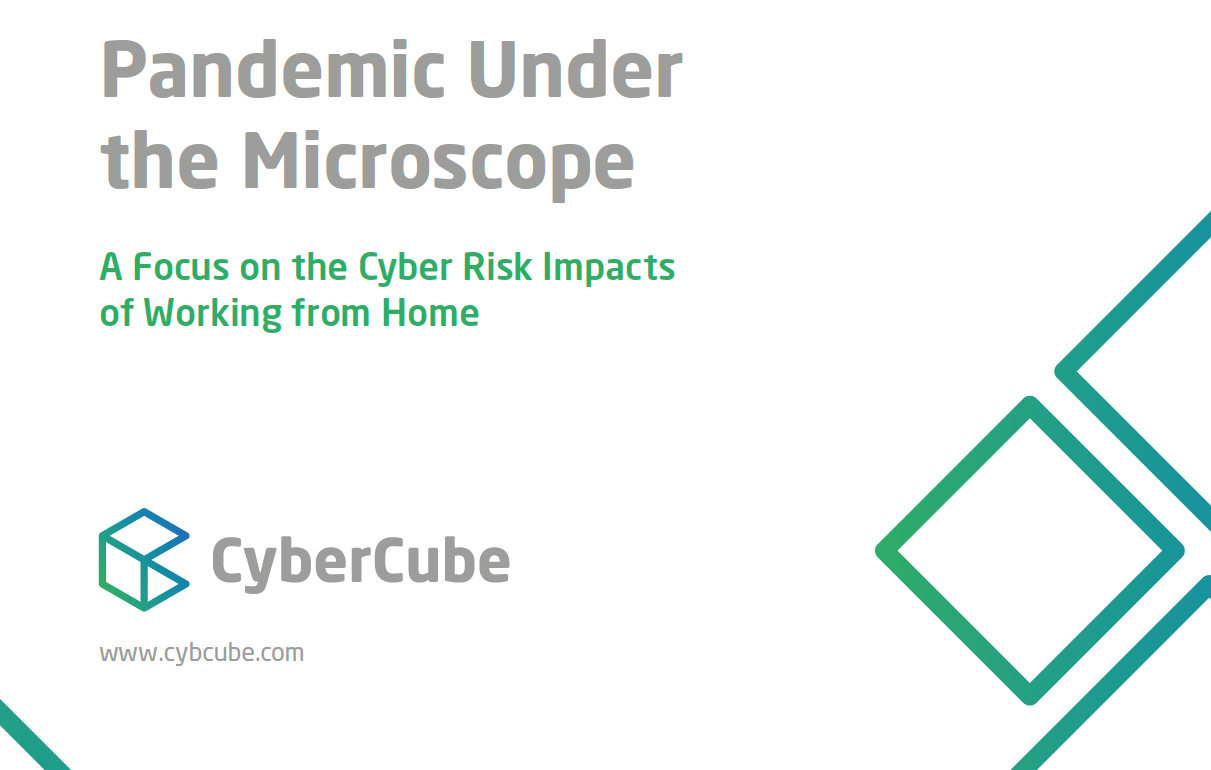The novel coronavirus (COVID-19) and the resultant move to widespread homeworking has created vulnerabilities for criminals to exploit. Homeworking has exposed new access points for cyber criminals to gain entry to corporate systems, including domestic PCs, laptops and Wi-Fi routers. Homeworking has also led to a diminution in employees’ distinction between work and personal emails, to increasing usage of devices with insecure passwords and to use of online applications that would be prohibited in the corporate environment due to security concerns.
Criminals have also exploited the public’s need for information on COVID-19 to create a range of social media and text message attacks, particularly in those countries worst affected by the virus. In addition, the rapid rise of online shopping due to lockdown has exposed the public to a higher level of well-established cyber scams such as form-jacking and spoofing.
Any organization that rapidly deployed new technology, applications, services or systems at the onset of the pandemic should now be focused on taking a look back and ensuring that the organization has implemented best practices in security configuration and architecture. Many organizations are discovering that their rapid deployments, while necessary, may have introduced undesirable security vulnerabilities.
In a new report, Darren Thomson, Head of Cyber Security Strategy at CyberCube; Jon Laux, Head of Cyber Analytics, Reinsurance Solutions, at Aon; and Rebecca Bole, Head of Industry Engagement at CyberCube; explore the changes to our digital landscape and lay out ways to head off problems.
A video featuring Jon and Darren discussing some of the report’s key findings can be found on CyberCube’s YouTube channel. Here is a press release.






